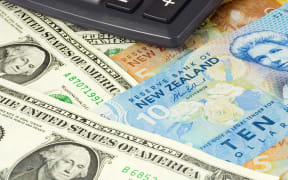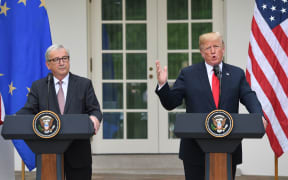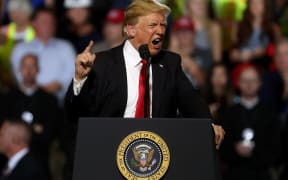US President Donald Trump has announced $US200 billion ($NZ304b) in extra tariffs to be placed on Chinese products, the latest round in the US-China trade war.
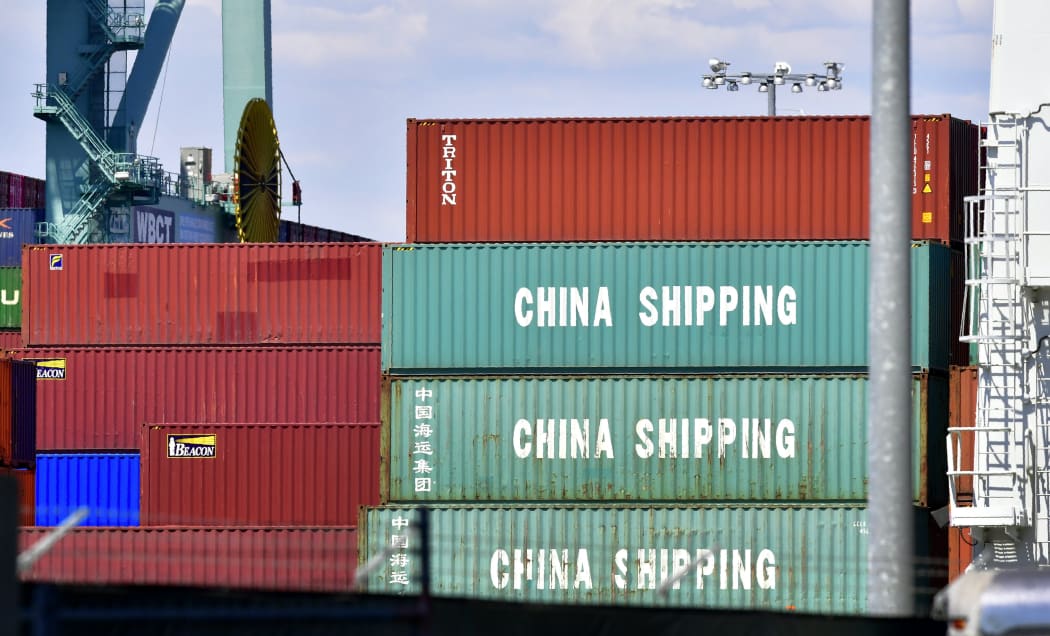
The list slated for tariffs originally included more than 6000 items, but US officials say 300 were removed. Photo: AFP
It comes on top of $US50 billion tariffs announced on Chinese goods earlier this year.
The US administration accused China of trade practices that hurt foreign companies, especially American businesses, like requiring foreign companies to hand over technology to Chinese partners.
But what is a trade war? How does protectionism work? And how will it all affect you?
What is a trade war?
It's what it sounds like - a trade war is when countries try to attack each other's trade with taxes and quotas.
One country will raise tariffs, a type of tax, causing the other to respond, in a tit-for-tat escalation.
This can hurt other nations' economies and lead to rising political tensions between them.
But what is a tariff?
It's a tax on a product made abroad.
In theory, taxing items coming into the country means people are less likely to buy them as they become more expensive.
The intention is that they buy cheaper local products instead - boosting your country's economy.
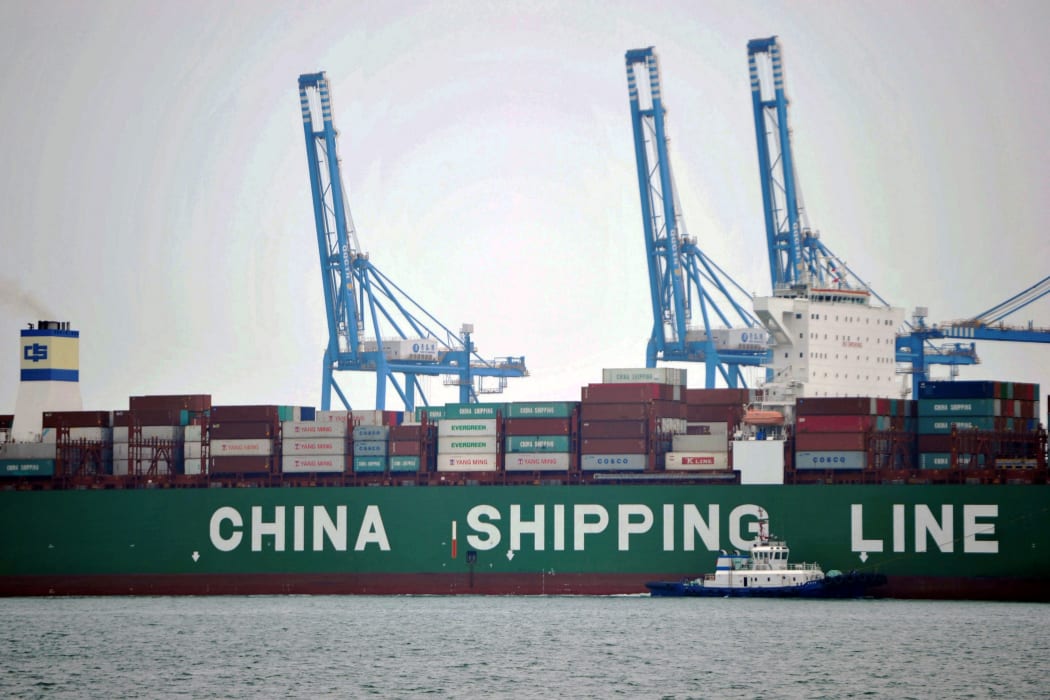
Cargo containers wait to be transported at a port in Qingdao Photo: AFP
Hasn't the US already imposed tariffs on China?
Yes, it has. In fact, this latest round marks the third set of tariffs put into motion so far this year.
In July, the White House increased charges on $US34b worth of Chinese products. The escalating trade war moved up a gear when the US brought in a 25 percent tax on a second wave of goods worth $US16b.
However, this latest round is the biggest to date, and unlike the earlier rounds this latest list targets consumer goods, such as luggage and furniture.
That means regular households may start to feel the impact.
US companies have already said they are worried about the effect of higher costs on their businesses.
While economists generally estimate that the overall economic impact of the tariffs will be a fraction of a percentage point, they caution that the effects are difficult to predict.
What items have been targeted?
The list slated for tariffs originally included more than 6000 items, but US officials said they had removed about 300 types of items.
Those included high-profile consumer products, such as smart watches, bicycle helmets, play pens and baby car seats.
The changes come after fierce opposition from companies, including global tech giants such as Apple, Dell and Hewlett Packard Enterprise.
The firms are worried the tariffs will increase their costs since many of their products are manufactured in China.
Officials said they wanted to shield consumer goods from the taxes as much as possible.
However, some products that help computer networks operate, such as routers, remain on the latest list.
Why is the US doing this?
The White House says its tariffs are a response to China's "unfair" trade policies.
In theory, the tariffs will make US-made products cheaper than imported ones, so encourage consumers to buy American. The idea is they would boost local businesses and support the national economy.
US officials hope the risk of economic harm will convince the Chinese government to change its policies.
However, many US businesses are critical of the tariffs.
Farmers, manufacturers, retailers and other industry groups have formed a coalition to oppose the tariffs, calling them taxes on American families.
"Tariffs have already resulted in layoffs, and this escalation will continue to squeeze American businesses with higher input costs and American farmers with decreasing commodity values," said Jonathan Gold, a spokesman for the coalition.
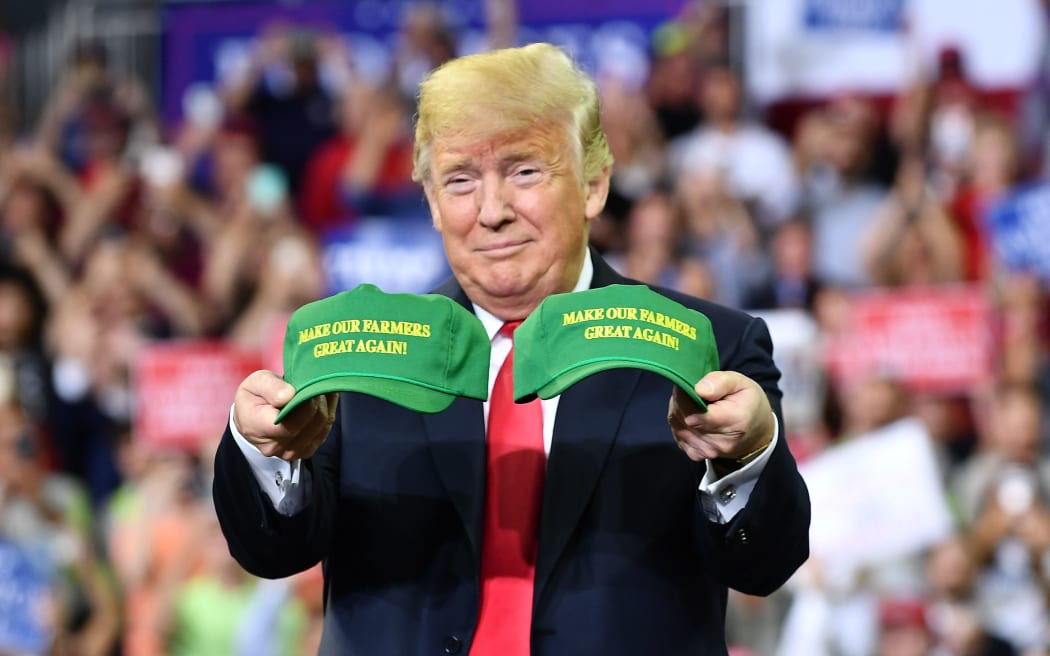
The US unveiled a $US12 billion plan aimed at helping US farmers hurt by the intensifying trade war. Photo: AFP
How has China responded?
The Chinese have previously hit back with tariffs on $US50b worth of US products in retaliation, targeting their response against key parts of the president's political base, such as farmers.
The government has outlined a plan to impose further tariffs on roughly $US60b worth of US goods, and threatened other measures.
Are the two sides talking?
Not really.
Talks between high-level officials ended in May without resolving the matter. Efforts to re-start discussions have failed to progress.
US and China officials had discussed a new round of talks over the past week, but President Trump's latest move is likely to sour relations further.
Mr Trump's economic adviser, Larry Kudlow, earlier said it was still happy to talk: "We are ready to negotiate and talk with China anytime they are ready for serious and substantive negotiations," he said.
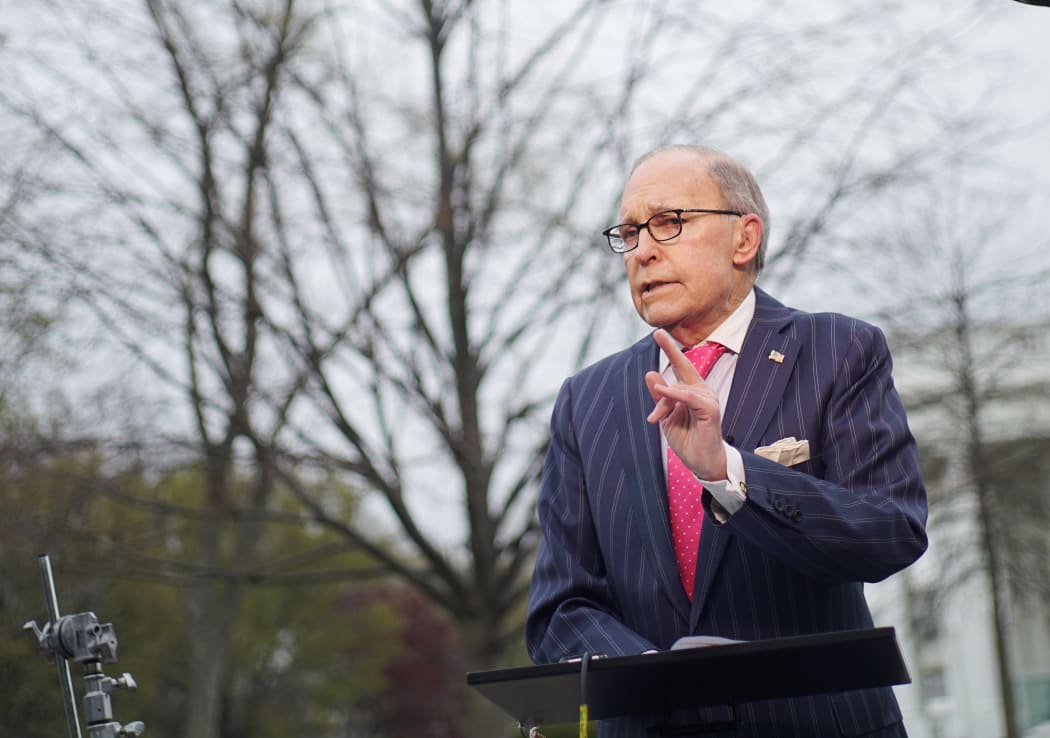
Economic adviser to US President Donald Trump, Larry Kudlow. Photo: AFP
Trump talks about a trade deficit. What is it?
Mr Trump wants to cut the trade deficit with China.
Mr Trump made a big point on the campaign trail about cutting the country's trade deficits.
He's convinced it hurts US manufacturing, and has said time and time again on the stump and on Twitter that the US must do more to tackle them.
A trade deficit is the difference between how much your country buys from another country, compared with how much you sell to that country.
And the US has a massive trade deficit with China.
Last year, it stood at about $US375b. Mr Trump's not happy about that.
He wants to cut back this trade deficit, and he intends to use tariffs to do it.
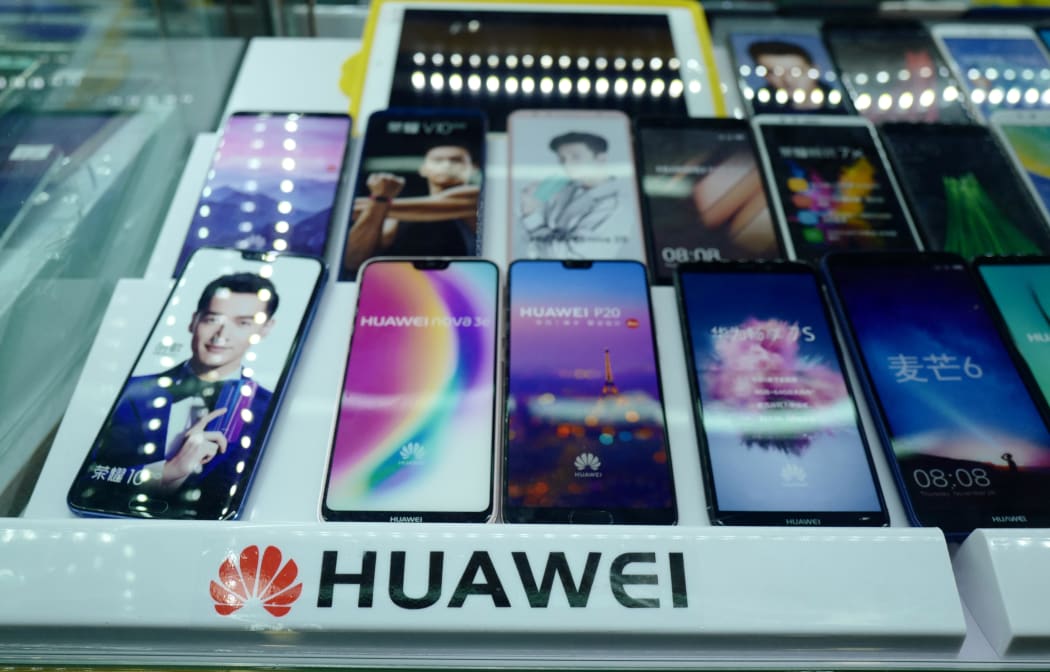
The changes come after fierce opposition from companies, including global tech giants. Photo: AFP
But while the president hates them, trade deficits are not necessarily a bad thing.
Many wealthier countries have in recent decades shifted from manufacturing economies to service economies.
The US exported $US242.7b worth of services in 2017, in areas like banking, travel and tourism.
Services account for 90 percent of the US economy. China, in contrast, doesn't export nearly as many services as it does manufactured goods.
So the president's obsession with trade deficits is not always popular, with critics damning the administration's moves as protectionism.
How could tariffs affect me?
They could affect people around the world - especially since China has retaliated.
The world's second-largest economy has taxed US agricultural and industrial products, from soybeans, pork and cotton to aeroplanes, cars and steel pipes.
A global trade war could hurt consumers around the world by making it harder for all companies to operate, forcing them to push higher prices onto their customers.
Is free trade better then?
Depends who you ask.
Free trade is the opposite of protectionism - it means as few tariffs as possible, giving people the freedom to buy cheaper or better-made products from anywhere in the world.
This is great for companies trying to cut costs, and that's helped drive prices down and boost the world economy.
Cars, smart phones, food, flowers - free trade has brought affordable products from around the world to your home.
But at the same time, that means companies are less likely to buy local products. Why buy domestic when you can get more, cheaper, from a different country?
This means the loss of jobs in wealthier countries, and uneven growth - while free trade has made some people richer, it's made others poorer.
- BBC

